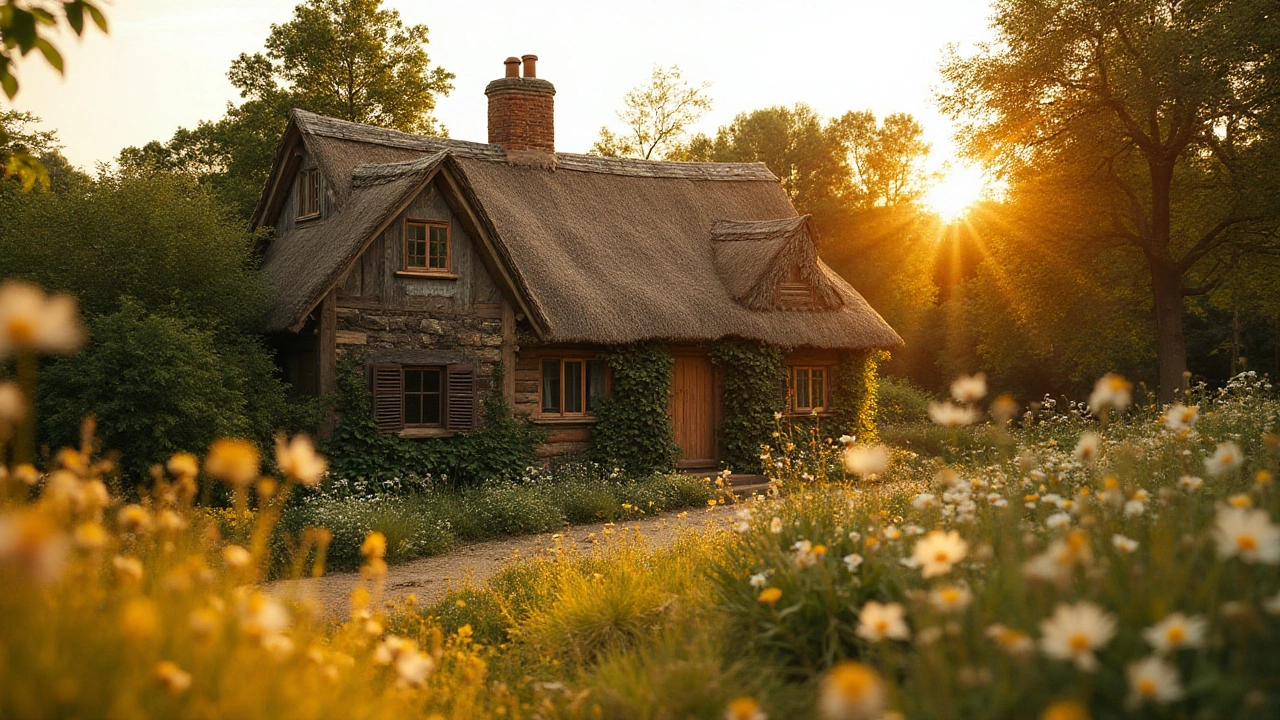Green Materials for Sustainable Stays in Lancashire
If you love countryside getaways but worry about the planet, you’re not alone. More travellers are checking the materials behind the walls, floors and roofs of the places they stay. In Lancashire, a growing number of lodges and cottages are built or refurbished with green materials that cut waste, lower energy use, and keep the scenery looking fresh.
What counts as a green material?
Green material is any product that reduces environmental impact compared with a conventional alternative. That can mean using locally sourced timber instead of imported hardwood, choosing stone that’s been quarried responsibly, or fitting insulation made from recycled denim rather than synthetic foam. It also includes low‑VOC paints, natural lime plaster, and roofing made from reclaimed slate or recycled metal.
What matters most is the whole life cycle: harvesting, processing, transport, use, and end‑of‑life disposal. Materials that are renewable, recyclable, or have a low carbon footprint win the green score. For a lodge, this often translates into lower heating bills, better indoor air quality, and a lighter footprint on the local ecosystem.
How Lancashire lodges use green materials
Many owners are swapping out old single‑glazed windows for double‑glazed, timber‑frame units that keep heat in during chilly evenings. The frames come from sustainably managed forests in Cumbria, so you get a sturdy window without adding to deforestation.
Flooring is another easy win. Instead of cheap laminate, you’ll find reclaimed oak boards rescued from historic barns. Not only does this give rooms a characterful look, but it also avoids the energy‑intensive production of new timber. Some retreats even lay down cork tiles – a renewable material harvested from the bark of cork oak trees without harming the tree.
Eco‑friendly insulation is popping up in lofts and walls. Sheep’s wool, hemp, and cellulose (made from recycled newspaper) trap heat naturally and breathe, preventing damp and mould. When you stay in a cottage with this kind of insulation, the temperature stays steady without the need for cranking up the boiler.
Renewable energy isn’t a material, but it works hand‑in‑hand with green building. A handful of Lancashire retreats have installed solar panels on shallow‑pitch roofs or use small wind turbines tucked behind the hedgerows. The electricity they generate often powers LED lighting, low‑energy appliances, and electric water heaters – all of which further reduce the carbon footprint.
When you book, look for clues: “locally sourced timber,” “reclaimed stone,” “certified FSC wood,” or “low‑VOC finishes” in the property description. If the listing is vague, don’t hesitate to ask the owner directly. Most proud eco‑owners love sharing the story of how they sourced their materials.
Staying in a green‑material lodge also supports the local economy. Local suppliers get work, which keeps skills alive in the region and cuts transport emissions. It’s a win‑win you can feel good about while you sip tea by a reclaimed‑oak fire.
Bottom line: green materials turn a simple cottage stay into a responsible choice. They improve comfort, lower energy costs, and protect the beautiful Lancashire landscape you came to enjoy. So next time you plan a weekend getaway, check the material list – it’s a quick way to make your holiday greener without sacrificing any of the charm.

Eco-Friendly Building Materials for Sustainable Cottages
Explore the most eco-friendly building materials ideal for constructing sustainable cottages. This comprehensive guide covers innovative materials that minimize environmental impact while providing durability and aesthetic appeal. Discover the benefits of green materials like reclaimed wood, bamboo, straw bales, and hempcrete. Learn practical tips for selecting materials that align with sustainable living goals. Embrace eco-conscious construction methods to create charming, earth-friendly homes.
Continue Reading